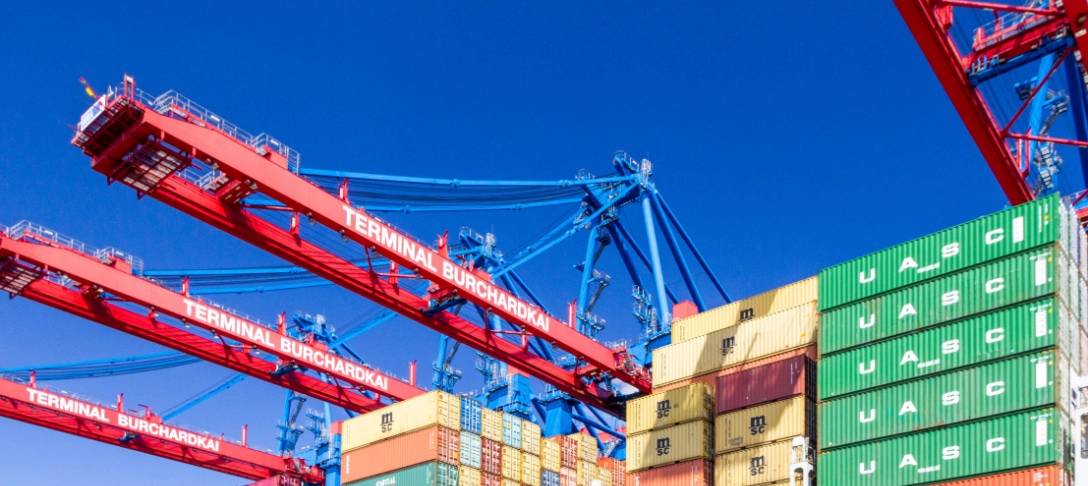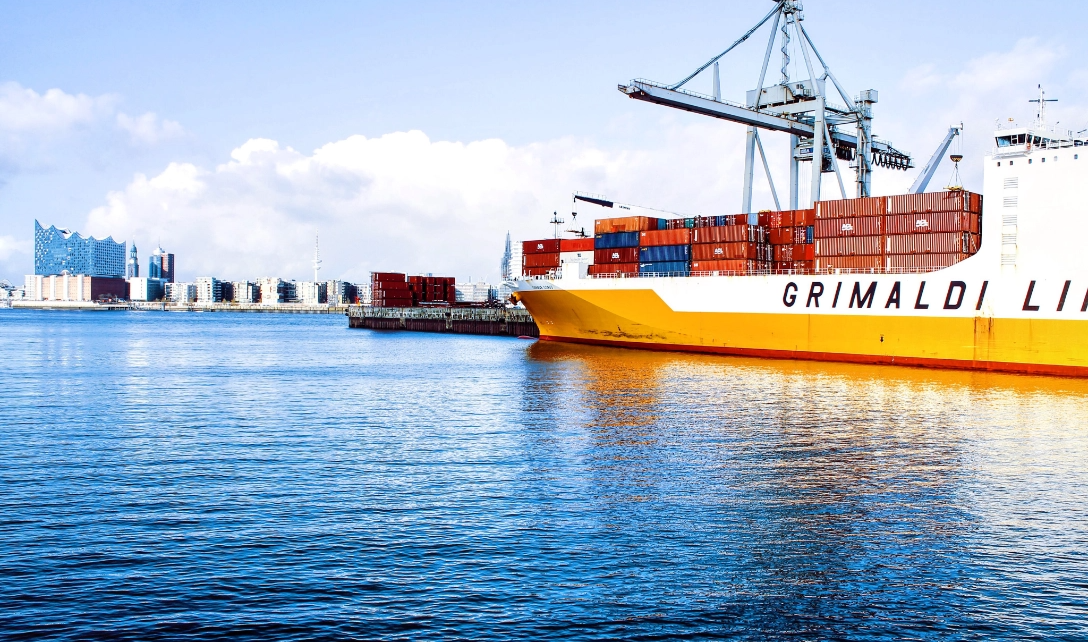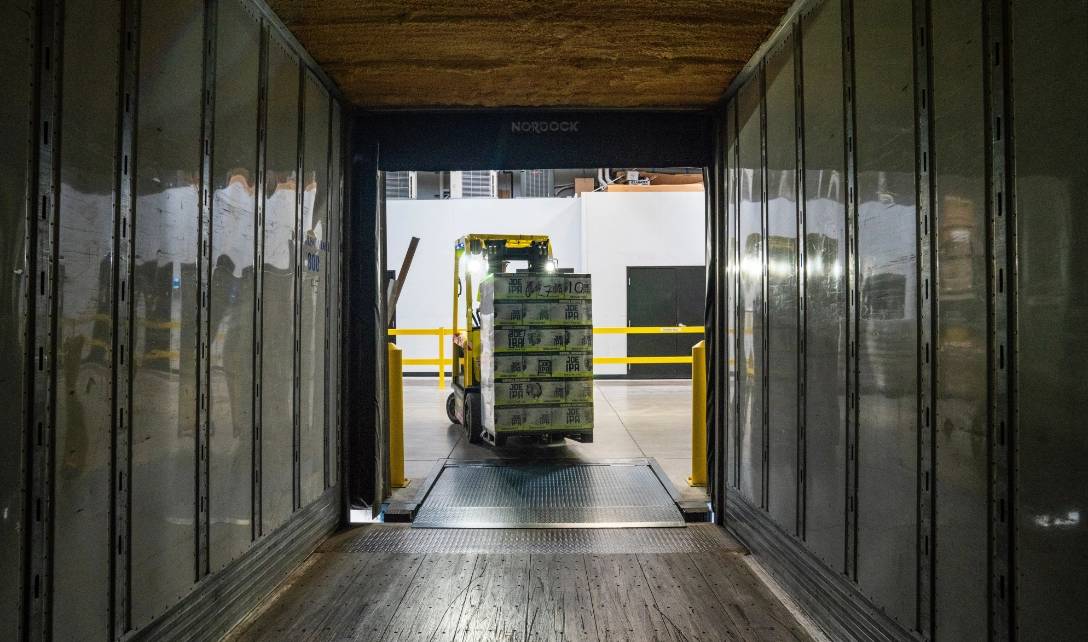One of the most difficult tasks in developing an outstanding 3PL partnership is selecting the best 3PL provider to support not only your current needs but your future needs as you scale your business. It is critically important to your company, your customers, and your shareholders to find a strong 3PL partner—the first time.
Selecting the wrong 3PL provider or partner can have a negative financial impact on your business and adversely affect the customer engagement experience, increasing customer attrition rates. Companies end up burning valuable resources managing 3PL issues that could have been deployed for more constructive purposes, like growing their business. This situation can easily be avoided with the help of the proper industry experts to vet and help select the ideal partner.
3PL Partner Selection Challenges—Conventional Approaches Don’t Work
Finding the ideal 3PL partner sounds easy, but there are over 700 3PL fulfillment options in North America alone. With so many available, how do you best understand the market and your options? Certainly, you can use the conventional sourcing strategies of market research, leveraging your network, and reviewing available data from trade associations.
Unfortunately, those methods will only yield limited benefits when applied to the 3PL fulfillment services market:
- Limited digital presence of trusted 3PLs – Online market research will lead you straight to a relatively small number of 3PLs that do a great job with search engine optimization and brand promotion—only to provide you with mostly biased marketing rhetoric.
- Limited network expertise – Leveraging your network of contacts could generate referral recommendations. However, unless your contacts are experts in the 3PL fulfillment market and your specific support needs (which most aren’t), that will likely fall short of the desired goal.
- Few trade associations with 3PL knowledge – Trade associations can be an excellent source of unbiased market knowledge, but in the 3PL fulfillment market, they are almost non-existent. The trade associations that are well-positioned to focus on the issues important to this industry primarily target the 3PL logistics and transportation segment of the market. As a matter of fact, a Google search for 3PL fulfillment trade associations mostly returns results for the same companies that you’ll find when performing online market research for 3PL fulfillment services.
To effectively understand the 3PL fulfillment market and your options, the best source of unbiased, comprehensive market intelligence is the small number of consultants and subject matter experts (SME) who specialize in the space.
Leading 3PL Fulfillment Market Consultants and SMEs
The leading 3PL fulfillment market consultants include, but are not limited to:
- Shipware, LLC
- Armstrong and Associates, Inc.
- F. Curtis Barry and Company
- Sedlak Supply Chain Consultants.
Consultants and SMEs can be an invaluable resource in helping you shorten the timeline and improve the results of your 3PL fulfillment market assessment and partner selection process. This strategic sourcing strategy will pay dividends that go straight to your bottom line.
The 3PL Partner Selection Process
Once you have identified a select number of qualified 3PLs that are seemingly well suited to support your needs, it is important to have a formal vendor/partner selection process.
This process normally starts with a formal Request for Proposal (RFP) or a less-formal Request for Quote (RFQ). The RFP or RFQ should document—and clearly communicate—your support requirements, service objectives, and relationship goals.
Once you communicate your requirements, request a formal services proposal from each 3PL to better understand their:
- Capabilities
- Technology
- Value proposition
- Level of professionalism
- Fee structure
- Total cost of ownership (TCO)
Getting to know and evaluating each 3PL is a collaborative process that takes time, effort, ongoing dialog, and due diligence.
Key Considerations for 3PL Partner Evaluation
When it comes to third party logistics outsourcing, there are certain aspects of a service provider to look out for. Once you better understand your options, there are several key considerations when evaluating prospective 3PL partners:
- Overall value
- Culture
- Willingness to invest in the relationship
- Technology capability
- Fee structure and pricing
- Vertical market expertise
- Geographic footprint
- Size, scalability, and infrastructure
- Available capacity and expansion plans
- Inbound and outbound transportation options and pricing
All of these considerations are important, but you may want to rank their priority to help assess and compare multiple potential partners when outsourcing third party logistics.
3PL Insurance for Damaged Products and Other Scenarios
When considering which 3PL partner to select, you also want to consider their documented processes and coverage for when fulfillment fails or products are damaged and it’s your 3PL’s responsibility. Unfortunately, in an industry this complex, there will always be some chance of that happening, so it’s much better to know ahead of time how these situations will be handled.
Every prospective of 3PL you evaluate should be able to readily provide their insurance coverage, product damage liability, and claims submission information alongside a formal services proposal. Depending on the services offered by 3PL partners, their coverage may be different (e.g., warehousing and transportation vs. transportation only).
3PL insurance policies generally cover the following:
- Warehousing – For circumstances in which your goods were negligently damaged by the 3PL in their facilities or distribution centers.
- Transportation – For circumstances in which your goods were negligently damaged by the 3PL during transport.
- Business interruptions – For circumstances in which the third party logistics companies are unable to complete their contractual obligations. Crucially, business interruption insurance only covers your losses incurred during and due to the paused or ended services—that is, it will not cover products but your lost revenue.
You should also note that 3PL insurance coverage generally protects only a portion of your products’ value. Beyond what their insurance and your contract stipulate, your own insurance will cover responsibility for the remaining cost of lost or damaged goods, or you will take it as a loss.
Furthermore, 3PL insurance coverage typically contains numerous clauses detailing circumstances that absolve them of liability. For example, third party logistics companies often bear no liability for damaged products in the event of an “Act of God” (e.g., natural disasters) that impacts their facilities or transportation network.
Circumstances of 3PL Liability
In what situations, then, do these insurance policies take effect? Generally, a 3PL is responsible for its people, facilities, and equipment. While this may seem to cover you in most circumstances, that’s less the case than you may think.
You might have noticed the presence of “negligently damaged” in the above explanation of 3PL insurance. This is the primary circumstance in which 3PL insurance coverage activates.
Per § 7-204 of the US Uniform Commercial Code (UCC), a 3PL must have committed negligence and incorrectly handled your products to be liable for any damages or loss. Specifically:3
“A warehouse is liable for damages for loss of or injury to the goods caused by its failure to exercise care with regard to the goods that a reasonably careful person would exercise under similar circumstances.”
Should a 3PL be liable in such situations, you’ll need to be able to demonstrate their negligence in the warehouse space or during transportation. You’ll also want to quickly submit any claims, as there will be a window for doing so (e.g., 90 days). The exact window will be specified in their documented processes.
Given these limited liability circumstances, you may want to consider supplemental insurance to protect you against any significant product (and revenue) losses.
Beginning Your 3PL Partnership
After you select a 3PL service provider, it’s time to negotiate and execute the Master Services Agreement (MSA) and Statement of Work (SOW).
For the most part, standard 3PL MSAs are one-sided agreements, developed specifically to protect the 3PL’s best interests. Also, they are among the most complicated agreements encountered in business. 4Standard 3PL SOWs are typically much more bilateral, documenting the agreed-upon client fulfillment support requirements and specific operational workflows to achieve the desired results.
In practice, many merchants do a decent job of incorporating their required terms and conditions into the MSAs. However, overall, most agreements do an inadequate job of protecting both parties’ best interests and clearly defining support requirements.
It is vital to structure your 3PL contracts to clearly define:
- Support requirements
- Memorialize the agreed-upon terms and conditions
- Provide the foundation for future optimization opportunities








